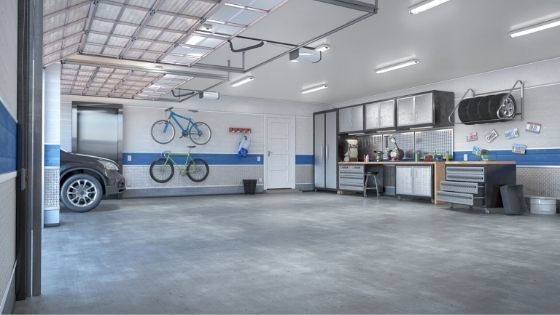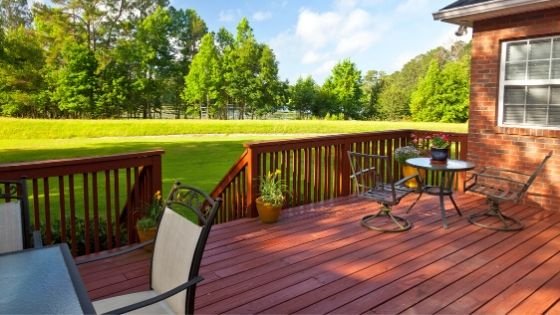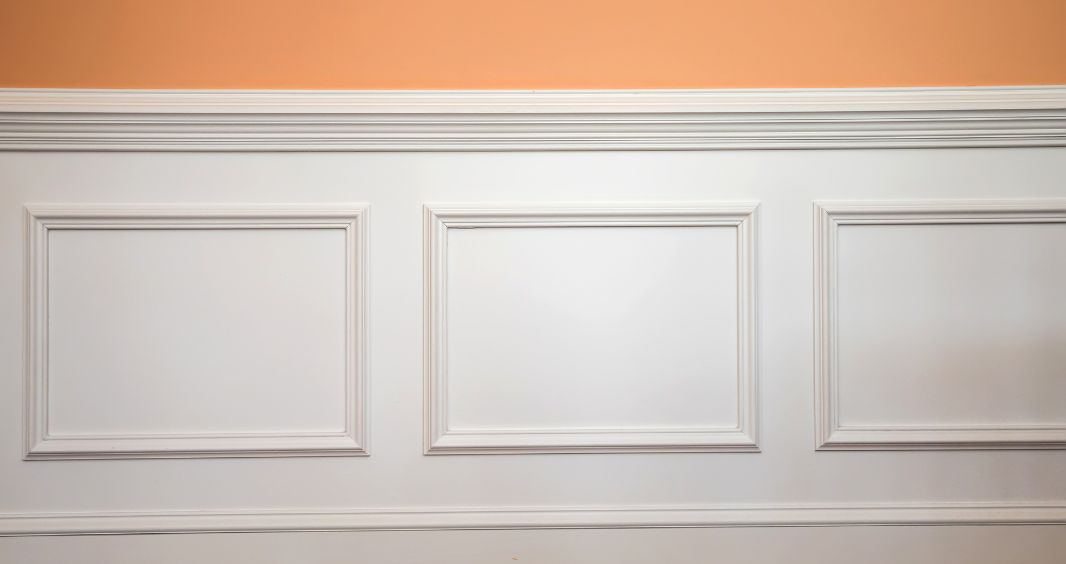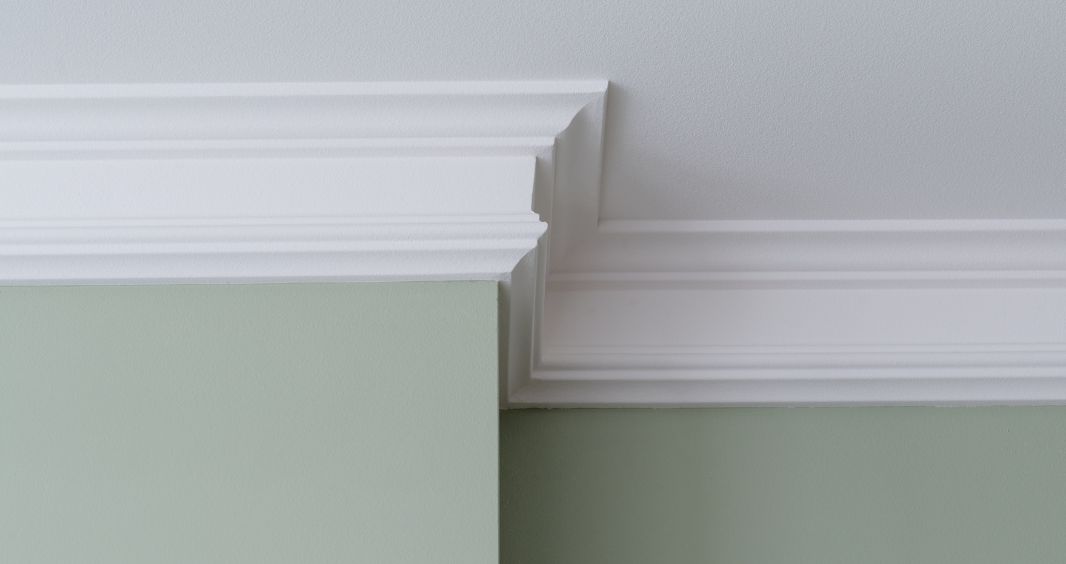
2025 Guide to Garage Renovations – Is a Makeover Worth It?
Who doesn’t love more usable space at home? Whether you want to keep your garage as a semi-finished space or turn it into an in-law suite or ADU, improvements to this area will increase both your quality of life and home value. In this blog, we will discuss data points around garage remodeling, ways to improve your garage, and more.
If you live in North Georgia and need help with garage floor coatings in Atlanta, house painting services in Johns Creek, or anything else, please get in touch. We would be happy to hear from you.
What Goes Into Finishing a Garage
Adding Insulation and Drywall
Insulating your garage makes it more comfortable year-round by regulating temperature and reducing energy costs. The National Association of Realtors (NAR) reports that properly insulated garages can lead to 15% lower energy bills in homes with attached garages. Installing drywall creates a finished look and adds fire resistance, making it a necessary step for any garage transformation.
Adding Custom Garage Storage and Cabinets
Built-in storage solutions maximize space and improve organization. Custom cabinets and shelving systems can make room for tools, seasonal decorations, and sports equipment. According to HomeLight, garage storage upgrades can add up to $2,500 in resale value, making them a practical improvement for homeowners looking to enhance usability and appeal.
Adding a Polyurea Garage Floor Coating
A high-quality garage floor coating, such as polyurea, is more durable than traditional epoxy and resists stains, chemicals, and wear. Homeowners who install a premium floor coating often see an ROI of 65% to 80%, as it improves aesthetics and long-term durability.
Adding a Bathroom, Workshop, and More
For those who use their garage as a workspace or recreational area, adding a bathroom can be a game-changer. HomeAdvisor estimates that adding a small bathroom to a garage renovation costs between $3,000 and $6,000, depending on plumbing complexity. Creating a dedicated workshop with built-in workbenches and power outlets can further enhance functionality for DIYers and hobbyists.
Upgrading Your Garage Door
Replacing an old garage door with a modern, insulated version is one of the highest-ROI home improvements. According to the 2024 Cost vs. Value Report, garage door replacements recoup over 100% of their cost at resale. A new garage door improves curb appeal, security, and energy efficiency.
Garage Conversions – The Next Level
For homeowners looking to maximize their square footage, converting a garage into a living space can provide additional functionality and increase home value.
Do You Need a Permit for Converting a Garage to Living Space?
In most cases, converting a garage into a living space requires a permit. Local zoning laws dictate the requirements, and failure to secure proper permits can result in fines or complications when selling the home. Costs for permits vary but generally range between $1,000 and $3,000, depending on the location and scope of work.
Prepping the Garage to Be a Living Space or Den
Transforming a garage into a den or family room involves insulation, drywall, heating and cooling, and upgraded flooring. According to Zillow, garage conversions can add $20,000 to $40,000 in value, especially when they enhance livable square footage in competitive housing markets.
Prepping the Garage to Be an Apartment or In-Law Suite
Turning a garage into an independent living unit requires additional considerations, such as plumbing, electrical work, and separate entrances. ADUs (Accessory Dwelling Units) are growing in popularity, particularly in areas with housing shortages. According to HomeLight, homes with garage ADUs can sell for 35% more than similar homes without them.
Does a Garage Remodel Boost Your Home Value?
The value added by a garage renovation depends on the type of upgrade. Here’s what recent data shows:
- Garage door replacements have a 100%+ ROI according to the 2024 Cost vs. Value Report.
- Insulated and finished garages can lower energy costs by 15% and improve home comfort.
- Custom storage solutions add approximately $2,500 in value by enhancing organization and usability.
- Garage floor coatings provide a 65% to 80% ROI, improving durability and aesthetics.
- Converting a garage into a living space can increase home value by $20,000 to $40,000 and attract buyers looking for additional square footage.
- Garage ADUs can boost property values by up to 35%, making them a strong long-term investment in high-demand markets.
While the best return on investment comes from garage door replacements and smart storage solutions, full conversions into living spaces can significantly increase resale value in competitive markets. Homeowners should weigh costs, local demand, and personal needs before committing to a full-scale garage renovation.
Garage remodels in 2025 offer both functional benefits and potential financial gains. Whether upgrading storage, enhancing insulation, or converting the space into a livable area, these improvements can make a home more comfortable, efficient, and attractive to buyers.
Call Bear Mountain Custom Painting For Home Improvements
As the leading painting company in Cumming and all of the surrounding areas, we would be happy to help you. From window replacements in Alpharetta to garage floor coatings in Atlanta, we are here to help.





